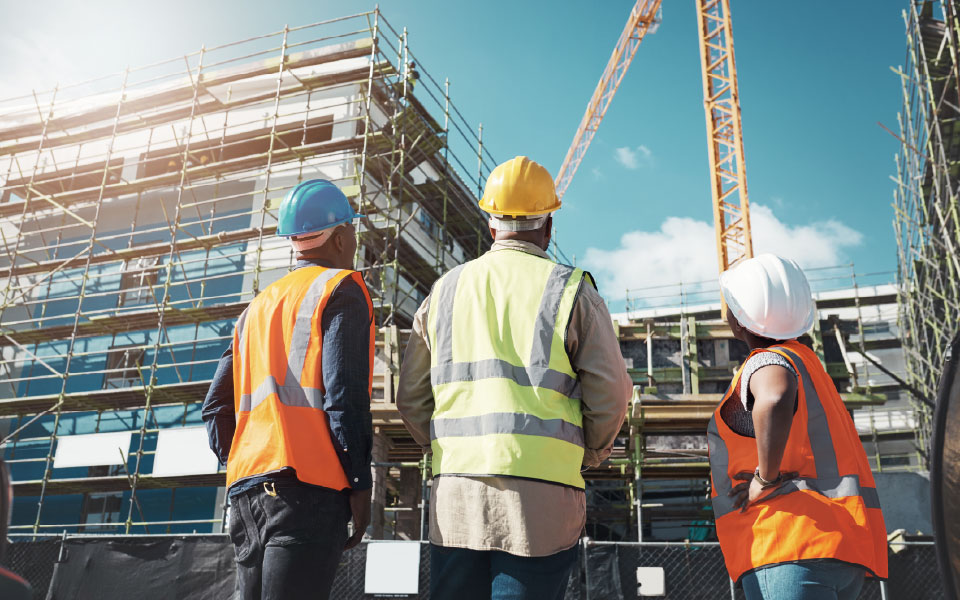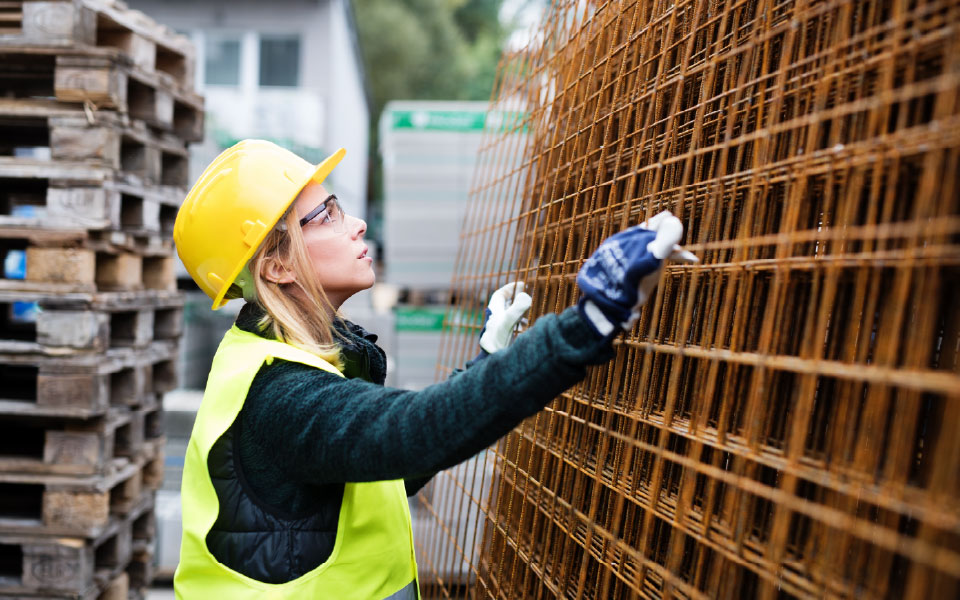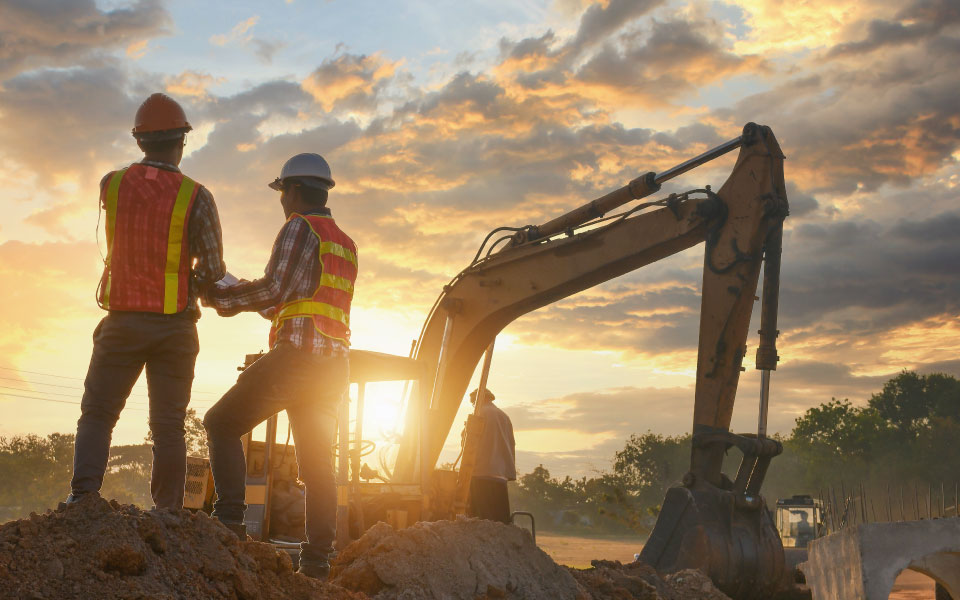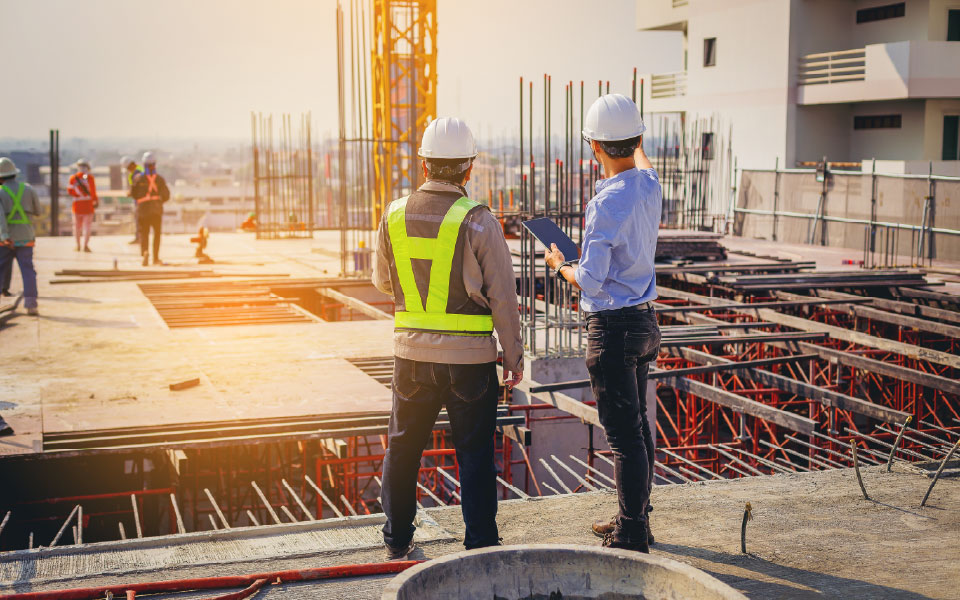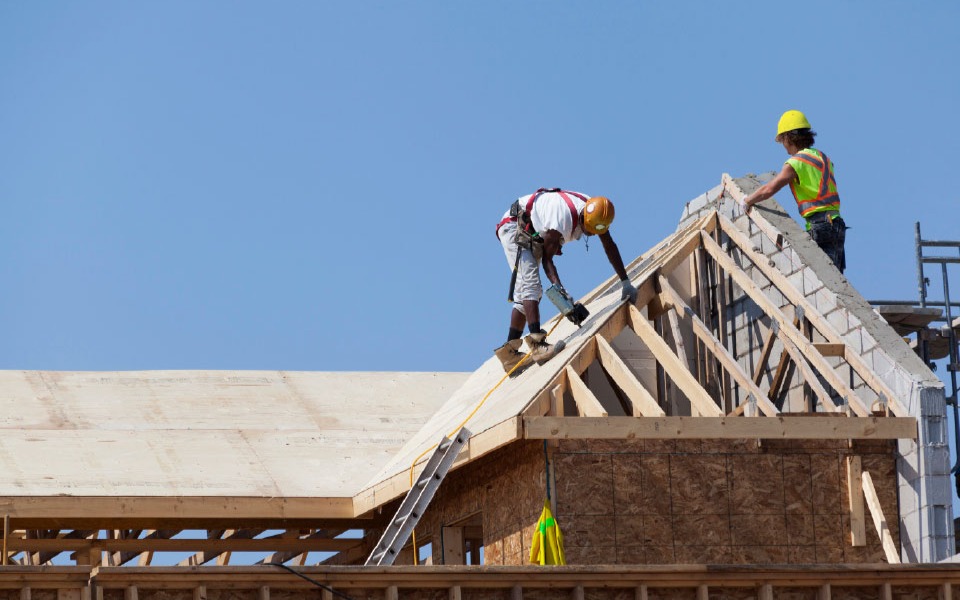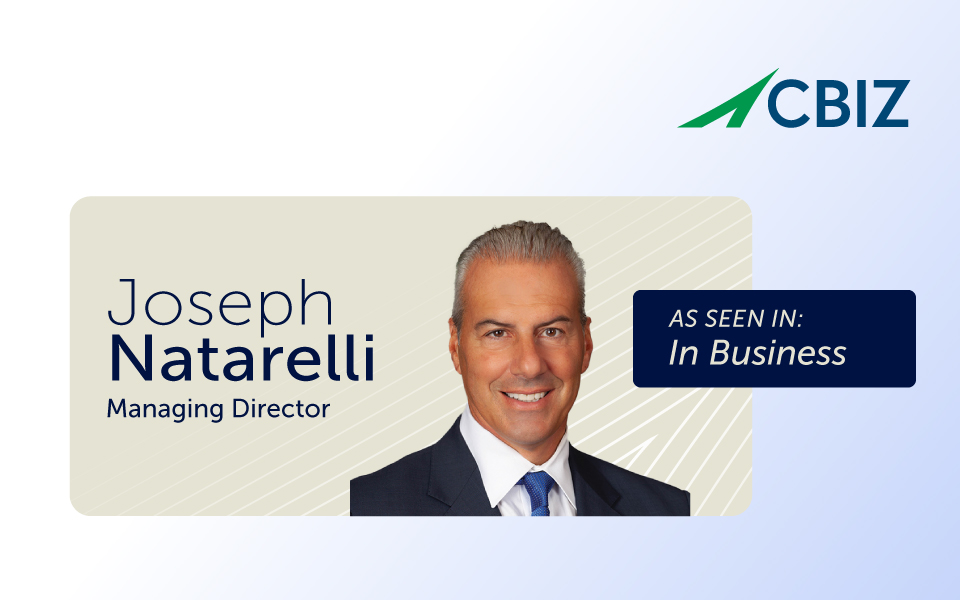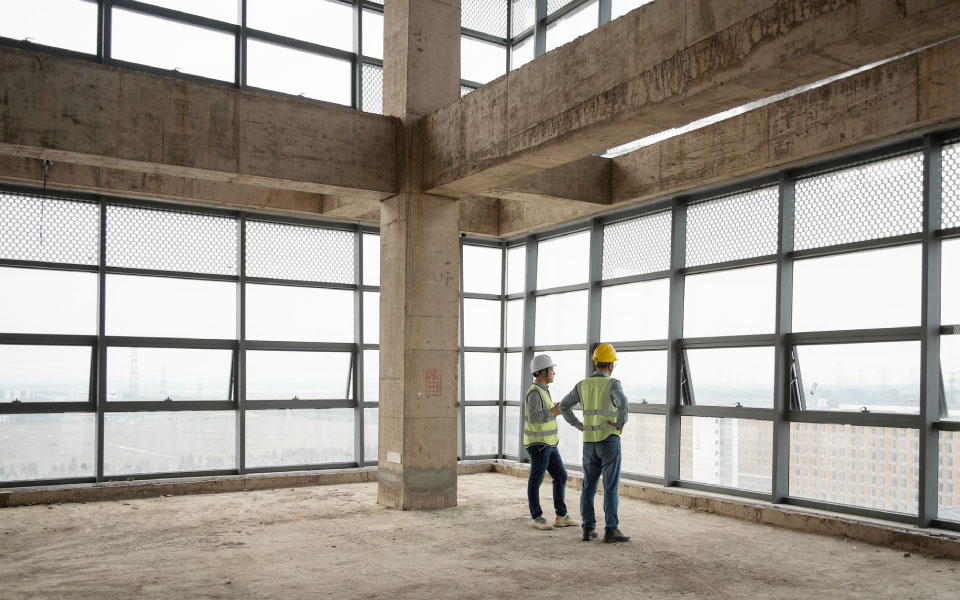Construction Industry Outlook Had Been Promising
What a difference a few months can make. As 2025 commenced, the prevailing narrative was one of unbridled optimism in the construction industry. Macroeconomic fundamentals appeared solid, and the construction sector seemed poised for continued expansion. With inflation falling, interest rates set to be slashed by policymakers, and booms in data center, factory, and infrastructure buildouts, the outlook was more than solid.
But that narrative has quickly unraveled as of this writing in April 2025. A cascade of unpredictable policy maneuvers—most notably, a rash of aggressive tariffs promulgated by the executive branch—has cast a lengthy shadow over the global, national, and construction industry outlooks.
Thankfully, most contractors entered this turbulent period with ample backlog, a testament to strong and sustained demand for construction services characterizing prior years. Yet if current trends persist, that cushion may not last. Absent policy recalibration, the forces presently eroding confidence could translate into softer demand ahead. The hope is that policies will change to create greater economic certainty, prompting decision-makers to execute plans, including those who supply demand for the delivery of construction services, whether in multifamily, manufacturing, or commercial categories.
The optimism of yesterday was not rooted in blind hope. Several converging forces generated substantial momentum, including reshoring, the AI revolution, and federal dollars available to finance public works. Tariffs threaten not only to create economic dislocation and uncertainty, but also drive up construction materials and equipment costs, thereby rendering a greater share of projects untenable. For instance, newly imposed tariffs on foreign steel and aluminum, unlike similar 2018 measures, offer no carve-outs or exemptions.
A Shift in Immigration
Skilled worker scarcity has been the Achilles’ heel of the construction industry. Recent immigration policy changes threaten to exacerbate that challenge. A stringent approach on undocumented workers is colliding with a sector already desperately seeking skilled labor, as evidenced (loudly and clearly) by recent surveys.
Regardless of whether individual firms employ undocumented workers, their sudden absence from the workforce has potential cascading effects. These workers often perform labor-intensive jobs, such as drywalling, framing, and painting—tasks that are difficult to automate and even harder to staff. Their absence will almost certainly place an upward pressure on wages while delaying project delivery. Many homebuilders have complained about a recent surge in costs. Labor availability represents an element of rising cost burdens along with spikes in certain materials prices. Further compounding the issue is the glaring absence of a comprehensive domestic training pipeline. While a handful of educational institutions are attempting to close the skills gap, the U.S. academic system has yet to respond at scale. Additionally, a declining native-born workforce is aging out of eligibility or interest, extending the road to labor market equilibrium.
Even America’s Technology Boom Hits a Speed Bump
The U.S. tech sector is manifesting signs of fatigue. Data center development—once considered limitless in its expansion—now appears more finite. China’s rapid advancement in artificial intelligence (AI) has introduced global competition at lower cost, tempering enthusiasm for massive U.S. buildouts. It also creates questions regarding how much American hyperscalers must spend on AI infrastructure to remain globally competitive. For instance, Microsoft has initiated a strategic pullback, including scaling back a project in Ohio, reflecting a broader deceleration in construction plans.
Housing Production Declines
Post-pandemic, multifamily construction enjoyed a robust resurgence, largely fueled by upwardly mobile millennial renters and investor appetite for upscale urban investment opportunities. That trend is now reversing. Rent growth is decelerating, and in several prominent markets, rents are in retreat. A confluence of forces is resulting in fewer multifamily pro formas penciling out. Flat to falling rents combined with rising construction costs and stubbornly elevated interest rates have put many would-be projects on hold.
Infrastructure Spending May Help
The Infrastructure Investment and Jobs Act of 2021 remains a rare source of optimism. Billions of federal dollars are still flowing into planning offices, design firms, and project pipelines across the nation. Unfortunately, this momentum may not last, as state and local governments have increasingly faced fiscal difficulties. COVID-19 relief funds have been spent. Budgets that swelled during the pandemic must be slimmed down, making the infrastructure investment environment less robust.
Don’t Be Lulled by Backlog
One of the most consistent themes in this year’s data is the strength of contractor backlog. Combined with earlier optimism, this has produced a sense of stability that can be misleading. While backlog insulates construction companies from short-term economic disruption (work remains ongoing), the sheer velocity and scale of recent policy changes introduce risks that cannot be ignored.
For instance, consumer sentiment in April 2025 was the second lowest on record, signaling deep unease among households, whose collective spending represents 70% of macroeconomic demand. Inflation remains stubbornly high, placing further Federal Reserve rate cuts on hold. The U.S. central bank faces a dilemma. The economy is slowing, which normally would justify further rate cuts. With inflation remaining above its 2% target, and likely to rise further as tariffs hammer the economy, additional monetary easing may not be possible. The result may be stagflation—a situation characterized by both high inflation and low growth. That scenario offers little support for construction.
If policy fails to shift, this won’t be a simple economic downturn. It’s triggering a crisis of confidence among households, small business operators, international investors, the bond market, the stock market, and users of construction services. Rebuilding confidence could take a long time unless the nation’s sagging economic momentum is quickly restored.
How Does One Respond to Uncertainty in The Construction Industry? Take Charge
Despite these challenges, it would be premature to give in to despair. Political risk, after all, is fluid. With a single executive order, the president could rescind tariffs, set the stage for massive rallies in the stock market, and restore the confidence that prevailed at the start of the year. There remains potential for such an outcome. Many nations have responded to elevated tariff rates by seeking to negotiate with America. That will supply the administration in Washington with plentiful opportunity to declare victory, reduce tariffs, and support global economic rejuvenation.
Until then, construction leaders must prepare for volatility. Materials prices could surge, and in some cases, that adjustment has already begun. Construction leaders should consider using futures contracts to lock in prices. Contractors seeing slowdowns as backlog recedes must make quick staffing decisions, perhaps cutting underperformers to preserve cash flow. Frequent communication with customers is essential to explain why bids are rising and how they still represent strong value.
In an environment like this, agility is everything. Planning, foresight, and a willingness to rapidly adapt will help separate those who continue to flourish from those who suffer setbacks. The construction industry has weathered adversity before. Adversity has reappeared, and that means that complacency isn’t an option.
© Copyright CBIZ, Inc. All rights reserved. Use of the material contained herein without the express written consent of the firms is prohibited by law. This publication is distributed with the understanding that CBIZ is not rendering legal, accounting or other professional advice. The reader is advised to contact a tax professional prior to taking any action based upon this information. CBIZ assumes no liability whatsoever in connection with the use of this information and assumes no obligation to inform the reader of any changes in tax laws or other factors that could affect the information contained herein. Material contained in this publication is informational and promotional in nature and not intended to be specific financial, tax or consulting advice. Readers are advised to seek professional consultation regarding circumstances affecting their organization.
“CBIZ” is the brand name under which CBIZ CPAs P.C. and CBIZ, Inc. and its subsidiaries, including CBIZ Advisors, LLC, provide professional services. CBIZ CPAs P.C. and CBIZ, Inc. (and its subsidiaries) practice as an alternative practice structure in accordance with the AICPA Code of Professional Conduct and applicable law, regulations, and professional standards. CBIZ CPAs P.C. is a licensed independent CPA firm that provides attest services to its clients. CBIZ, Inc. and its subsidiary entities provide tax, advisory, and consulting services to their clients. CBIZ, Inc. and its subsidiary entities are not licensed CPA firms and, therefore, cannot provide attest services.



